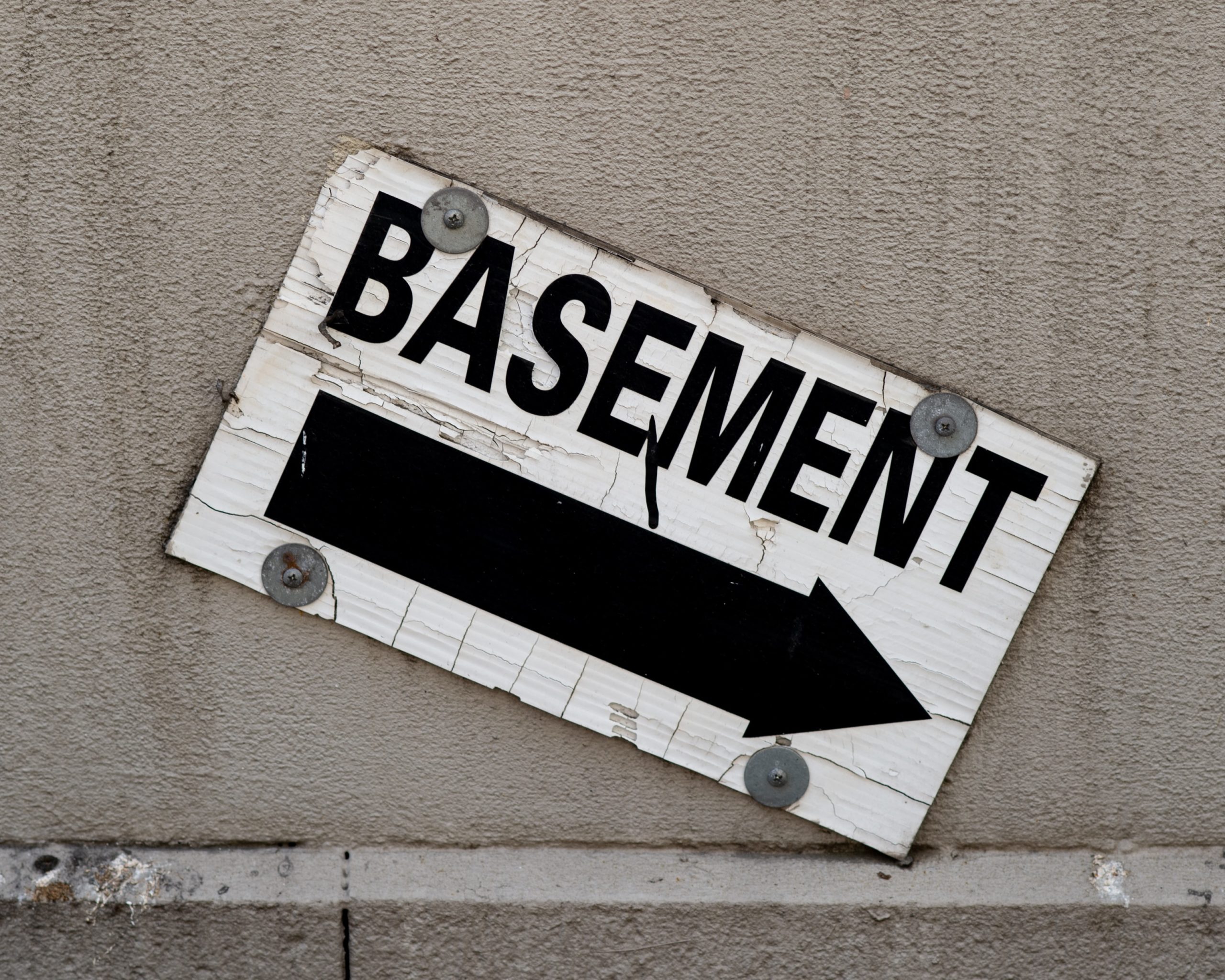Think of it. You spend your life avoiding tobacco and you’ve proudly never smoked. You don’t even own a cigarette lighter, you don’t carry around a book of matches, and lung cancer is the last thing on your mind. Yet one day — out of the blue – you are diagnosed with lung cancer. You’re reeling from the diagnosis, and you don’t understand how this could happen to you.
What’s Going On?
Why are you suddenly having to deal with this cancer killer? Shockingly, the answer could be an unrecognized exposure to radon. This colorless, odorless gas is a radioactive hazard that results in over 21,000 deaths every year, according to the Environmental Protection Agency (EPA). It’s the #2 cause of lung cancer.
While cigarettes and other tobacco products have long been the villains when it comes to lung cancer, radon gas should be exposed for the menace it is… a deadly cause of cancer deaths of non-smokers.
We dug into the facts. Sure enough, and according to the American Cancer Society, exposure to radon over a long period of time damages lung cells and has been shown to be directly connected to lung cancer. What’s more, if you’re a smoker living in a home with high levels of radon, you’re at a 10x greater risk of developing lung cancer.
What Exactly Is Radon?
Radon is formed when radioactive elements (like uranium) break down in soil and rock. As a result of this decay, the gas that forms – radon – travels through underground water or through the air.
Outdoors, the risk of radon poisoning is minor. But when concentrated indoors, it’s a very different story. The gas can easily and silently enter your home or office through cracks in the foundation, floors, or walls. Radon levels are typically highest in the basement of a home or in the crawl space beneath.
But that’s not all. While radon gas in a home is more common, high levels of this deadly gas can also be transmitted via household water, especially if you have a private well. The long-term effects of the simple act of washing dishes or even showering with this unfiltered, contaminated water can be consequential. According to the CDC, an estimated 30 to 1,800 deaths per year are attributed to radon-contaminated household water.
High radon levels are not limited to particular areas of the country. Nor are they limited to older homes vs. newer homes. And you don’t have to have a basement to have a radon problem. Your next-door neighbor might not be affected, while you might. You won’t know until you test your home.
How Does Radon Affect Your Health?
Radon gas breaks down into minuscule radioactive elements that, as you breathe, can comfortably make themselves at home in the lining of your lungs, lodging themselves into the plethora of tiny air sacs found there.
These radioactive elements are then able to inflict their damage by emitting small amounts of deadly radiation that, over time, damage lung cells and the body’s DNA.
How Do You Know If You’re Exposed to Radon?
You might be exposed to radon if:
- You have a persistent cough
- You regularly experience hoarseness or wheezing
- You cough up blood
- You experience shortness of breath or tightness in the chest
- You have trouble swallowing
- You have a basement in your home or your water source is a well on your property
The Truth
Any home can be at risk for a radon problem. Only by testing the air and water quality of your home will you know for sure.
Take Action
- If you suspect radon poisoning, have your home tested and take steps to reduce your exposure to this deadly gas.
- Affordable radon test kits are available at most hardware stores, or you can order online. Check out the National Radon Program Services or call 800-767-7236 for additional information.
- Repair your home by sealing the cracks where radon gas enters. It is also possible to install a vent pipe system that draws radon from beneath your home and transmits it safely outside.
- Check out the National Safety Radon Board (NSRB), linked on the Templeton Wellness Foundation website, Resources, in the category Home Remediation.
- Consider updating your home with an air and/or water filter system. You’ll find the link to the company we recommend, Clean Water Revival (CWR), also on our resource page under the category Air Purifiers. CWR not only specializes in custom-designed water filtration equipment, but they offer outstanding air purifiers as well.
Last, but not least, therapeutic baths are very helpful in detoxing from radiation. Learn how a simple salt & soda bath can be quite effective. The “recipe” originally formulated by Dr. Hazel Parcells is found at this link.

Related blog post article:
“Radiation, The Invisible Health Threat”
References:
https://www.cancer.org/latest-news/radon-gas-and-lung-cancer.html
https://www.cdc.gov/radon/toolkit/images/fact_sheet/radon_fact_sheet.pdf
